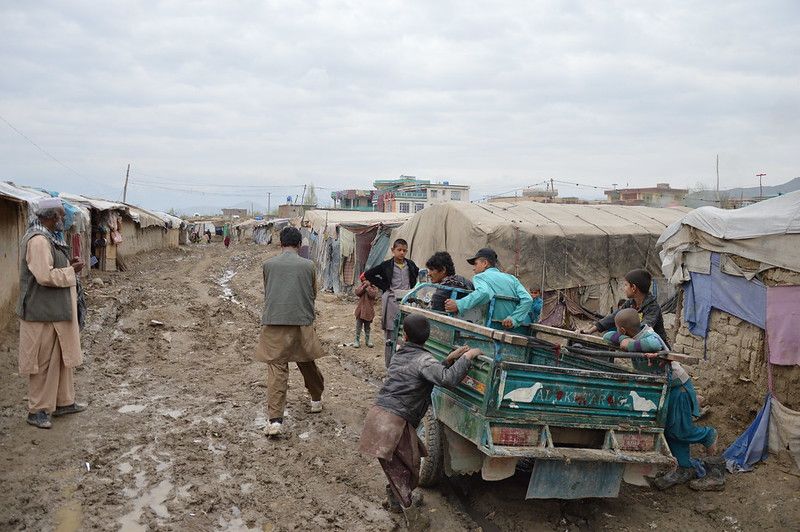As the municipal elections draw near, a new analysis from the think tank CEPOS shows that 20 municipalities, predominantly in the capital area, are contributing more to Denmark’s welfare system than they receive in return.
CEPOS analyzed the financial flow between municipalities, using citizens’ tax payments, municipal subsidies, equalization measures, and transfer income.
According to the report, citizens in these 20 municipalities, the top five of which are Gentofte, Rudersdal, Hørsholm, Lyngby-Taarbæk and Billund, contribute more than they receive in public services and welfare.
Meanwhile, residents in 78 other municipalities receive more than they contribute. The five municipalities that receive the most from redistribution are Langeland, Lolland, Bornholm, Guldborgsund and Morsø. (This excludes the four smallest island municipalities.)
“This illustrates the extent to which affluent municipalities, especially in the capital area, are currently shouldering the welfare burden,” says Karsten Bo Larsen, Head of Research at CEPOS. adding:
“Often, the discussion revolves around whether wealthier areas should contribute more, but it’s essential to consider how much they are already contributing.”
Stark financial differences
In Gentofte, each citizen contributes a net amount of 188,447 DKK to the community, while in Lolland, each citizen receives a net amount of 95,260 DKK.
“If the 78 municipalities currently receiving more in welfare than they contribute were to cover their own welfare costs, they would need to increase the basic tax rate by almost 18 percentage points,” Larsen notes.
“For a working-class family with two children, this would mean 126,100 DKK less annually.”
Policy implications
Larsen cautions against increasing redistribution in the upcoming 2028 equalization reform, stressing the importance of maintaining economic incentives for municipalities.
“Municipal redistribution is necessary, but we must also ensure that municipalities have incentives to operate efficiently, attract taxpayers, and create local economic growth,” he emphasizes.
“Today, we already have substantial redistribution, and further tightening could undermine these incentives.”
Larsen recommends basing any future adjustments on clear, objective criteria rather than arbitrary estimates.
“The key takeaway is that we should proceed carefully before adjusting the redistribution system further. The current level of redistribution is already significant,” he concludes.














